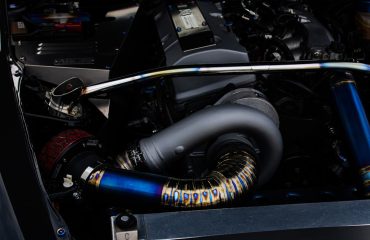Understanding Equal Angle Bars: Definition and Properties
Equal angle bars, also known as equal leg angles, are L-shaped steel sections where both legs (the sides forming the right angle) possess the same length. This symmetrical design contributes to their widespread use in various applications. They are typically manufactured from mild steel, but can also be found in other materials like stainless steel or aluminum, each offering different properties regarding strength, corrosion resistance, and weight. The dimensions of equal angle bars are standardized, usually specified by the length of each leg and the thickness of the material. For instance, a 50x50x6mm equal angle bar indicates legs of 50mm each and a thickness of 6mm. This standardization ensures easy selection and interchangeability in projects.
Manufacturing Processes of Equal Angle Bars
The creation of equal angle bars involves several key steps. It begins with the preparation of the raw material, usually steel billets, which undergo heating in a furnace to achieve the necessary malleability for shaping. The hot steel is then passed through a rolling mill, a series of rollers that progressively shape the billet into the desired L-shape. Precise control over temperature and rolling pressure is crucial to achieve the accurate dimensions and desired mechanical properties. After rolling, the angle bars undergo a cooling process, often followed by straightening and cutting to the required lengths. Quality control measures, including dimensional checks and material testing, are implemented throughout the manufacturing process to ensure adherence to industry standards and customer specifications. Different finishing processes, such as hot-dip galvanizing for corrosion protection or painting for aesthetics, can be applied depending on the intended application.
Diverse Applications of Equal Angle Bars in Construction
Equal angle bars are indispensable in the construction industry, serving a multitude of purposes. They are commonly used as structural supports in frameworks, providing strength and stability to buildings and other structures. Their rigid nature makes them ideal for creating bracing systems, preventing lateral movement and enhancing overall structural integrity. They are also frequently employed in the fabrication of steel stairs, handrails, and other architectural elements, adding both functionality and aesthetic appeal. In addition, equal angle bars are utilized in the creation of scaffolding, providing temporary support during construction and maintenance work. Their versatility extends to the reinforcement of concrete structures, enhancing their load-bearing capacity and resistance to cracking.
Equal Angle Bars in Engineering and Manufacturing
Beyond construction, equal angle bars find extensive use in engineering and manufacturing. They serve as crucial components in machinery, equipment, and various industrial applications. Their ability to withstand significant stress and strain makes them suitable for creating frames, supports, and mounting brackets. In the automotive industry, equal angle bars are often incorporated into vehicle chassis and other structural components. The manufacturing sector utilizes them in the construction of jigs, fixtures, and tooling, facilitating efficient and precise production processes. Their robust nature also makes them suitable for applications requiring high durability and resistance to wear and tear. The precise dimensions and standardized profiles of equal angle bars ensure easy integration into complex systems and assemblies.
Selecting the Right Equal Angle Bar for Your Project: A Guide
Choosing the appropriate equal angle bar depends heavily on the specific requirements of the project. Factors to consider include the desired strength, load capacity, corrosion resistance, and aesthetic considerations. The dimensions of the angle bar, particularly the leg length and thickness, directly influence its strength and load-bearing capacity. The material selection is crucial; mild steel is cost-effective for many applications, while stainless steel offers superior corrosion resistance for outdoor or harsh environments. Understanding the anticipated stresses and loads on the angle bar is vital for ensuring structural integrity. Consulting relevant standards and codes of practice is essential to ensure compliance with safety regulations. It’s advisable to work with experienced engineers or fabricators to determine the optimal angle bar for your specific needs, maximizing efficiency and minimizing risk.
Choosing the right equal angle bar ensures structural integrity, longevity, and safety. Thorough planning and consultation are key to successful project completion.




